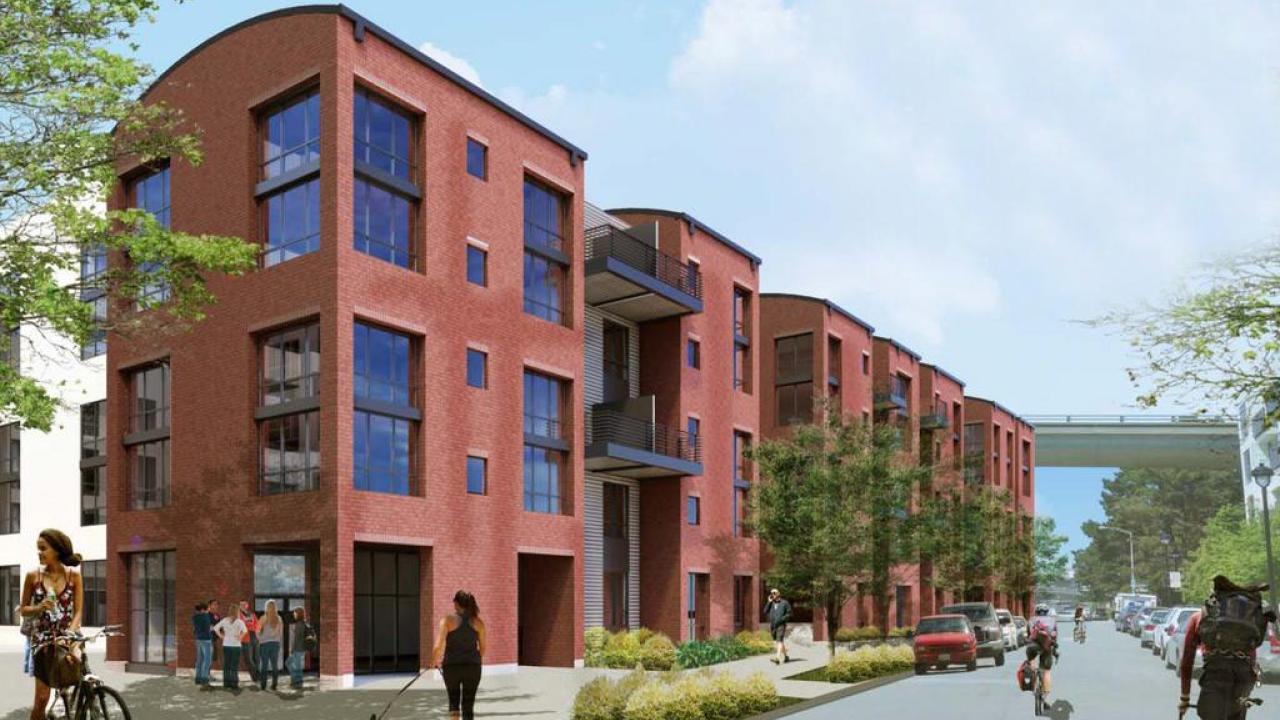
The Effectiveness of Regional Housing Policy: Evidence from the San Francisco Bay Area
The Effectiveness of Regional Housing Policy: Evidence from the San Francisco Bay Area
Authors: Matthew Palm and Deb Niemeier
In this working paper, we evaluate the effectiveness of the Regional Housing Needs Allocation (RHNA) in addressing affordable housing shortages in the Bay Area during the third housing element cycle, 1999-2006. Specifically, we asked 1) how successfully did the Association of Bay Area Governments (ABAG) concentrate affordable housing in areas in need of improved jobs-housing balances; 2) how effective have cities operating under California affordable housing policy been in placing affordable housing near transit and other urban amenities, and 3) how have cities constrained affordable housing development in areas with low job accessibility? We find that ABAG, the authority tasked with distributing RHNA for the Bay Area, successfully distributed new affordable housing units in jurisdictions with greater jobs-housing imbalances when compared to the distribution of market rate production in the same period. However, if we specifically examine imbalances between low-wage jobs and affordable housing, we find that the construction of affordable tended to concentrate in locales with systematically less need relative to market rate production. Among the Bay Area’s three largest cities, we find that San Francisco and Oakland succeeded in placing affordable housing in neighborhoods with greater need for improved jobs-housing ratios, but San Jose did not. Only San Francisco succeeded in concentrating affordable housing near transit.
